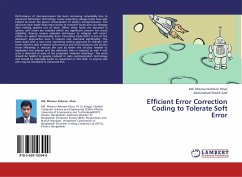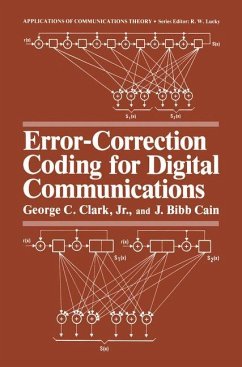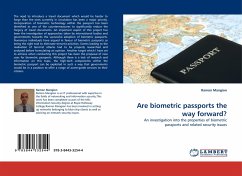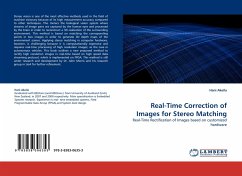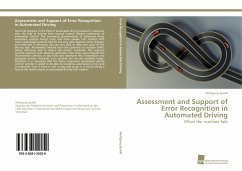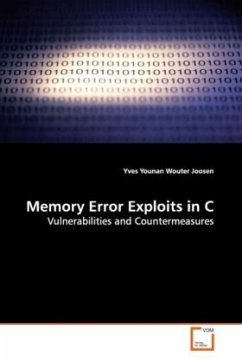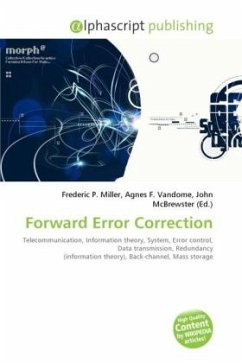
Forward Error Correction
Versandkostenfrei!
Versandfertig in 6-10 Tagen
23,99 €
inkl. MwSt.

PAYBACK Punkte
12 °P sammeln!
In telecommunication and information theory, forward error correction (FEC) is a system of error control for data transmission, whereby the sender adds redundant data to its messages, also known as an error-correction code. This allows the receiver to detect and correct errors (within some bound) without the need to ask the sender for additional data. The advantages of forward error correction are that a back-channel is not required and retransmission of data can often be avoided (at the cost of higher bandwidth requirements, on average). FEC is therefore applied in situations where retransmis...
In telecommunication and information theory, forward error correction (FEC) is a system of error control for data transmission, whereby the sender adds redundant data to its messages, also known as an error-correction code. This allows the receiver to detect and correct errors (within some bound) without the need to ask the sender for additional data. The advantages of forward error correction are that a back-channel is not required and retransmission of data can often be avoided (at the cost of higher bandwidth requirements, on average). FEC is therefore applied in situations where retransmissions are relatively costly or impossible. In particular, FEC information is usually added to most mass storage devices to protect against damage to the stored data. FEC devices are often located close to the receiver of an analog signal, in the first stage of digital processing after a signal has been received. That is, FEC circuits are often an integral part of the analog-to-digital conversion process, also involving digital modulation and demodulation, or line coding and decoding.



